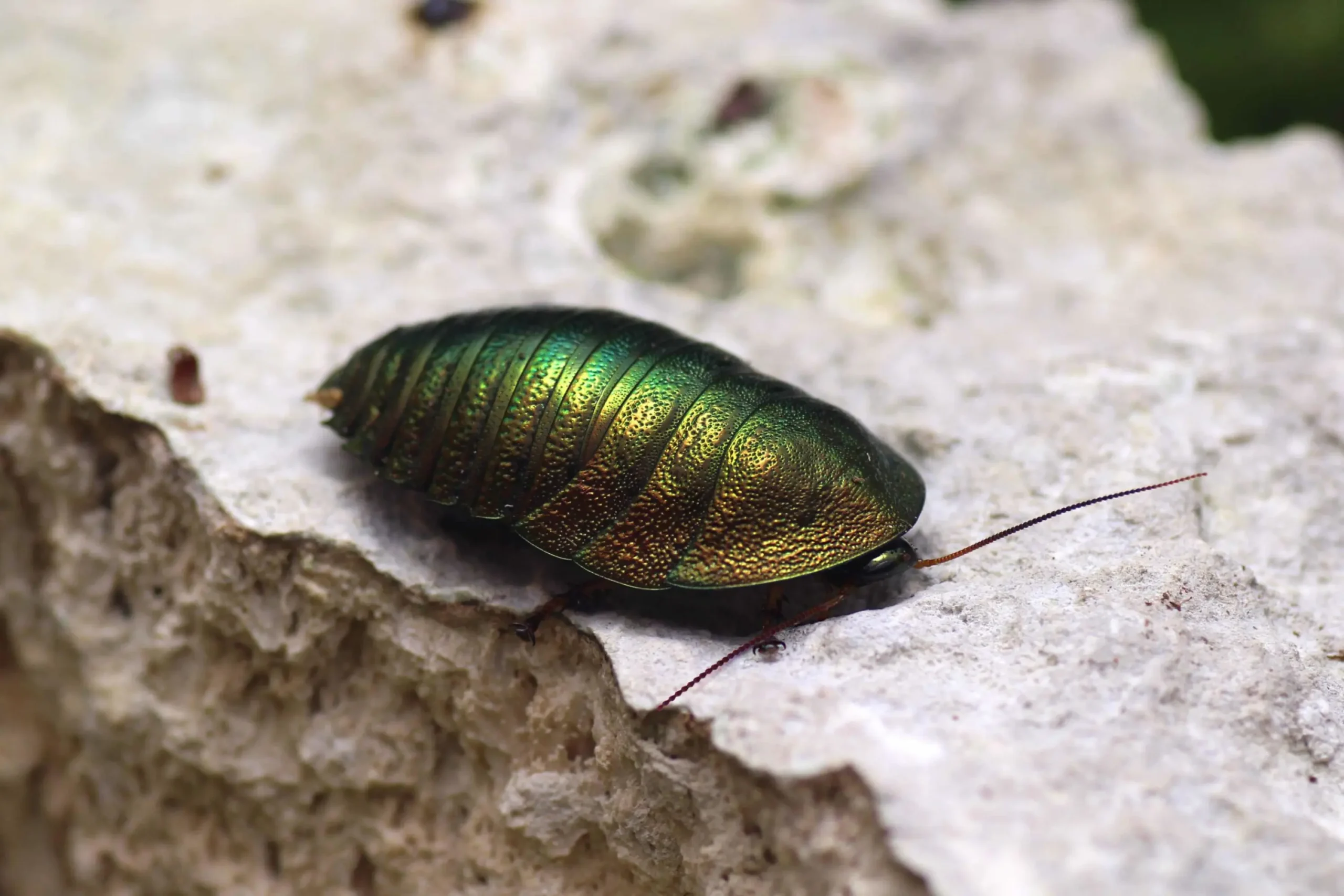Cockroaches are rarely mentioned in a positive context, largely due to the presence of certain species in human habitats. However, not all cockroaches are pests; in fact, some are even strikingly beautiful.

Within the insect class, cockroaches make up an entire order with over 4,000 known species. Yet, most people are familiar only with the few species that they encounter in populated areas. These interactions are often negative since these species are pests. As a result, many tend to view all cockroaches in a negative light. However, the number of cockroach species that cause problems for humans is quite small—barely a dozen—including the kitchen cockroach (“svábbogár”), the German cockroach, and the American cockroach. The vast majority of cockroach species avoid human settlements entirely and cause no inconvenience to people.
In reality, if we look at this group of animals without bias, we can see that they are not only highly successful but also incredibly fascinating. Furthermore, they play an essential role in the ecosystem as decomposers.
One of the best-known “non-gross,” even “likable,” cockroaches is the hissing cockroach, which visitors can often hold during various educational programs. These peaceful creatures are also quite impressive due to their considerable size.
Also impressive is the emerald cockroach, with its distinctive, metallic green chitinous shell.. This species is native to Southeast Asia, particularly in parts of southern China and Vietnam. Visitors can now see it in our zoo on the upper floor of the Magic Mountain exhibit, housed in a newly installed terrarium.
By showcasing the emerald cockroach, we further expand the number of species we use to highlight the incredible diversity of Vietnam’s rich wildlife. This effort is especially significant as we are participating in the VietnAmazing campaign organized by the European Association of Zoos and Aquaria (EAZA). This campaign focuses on the unique biodiversity of Vietnam, a country with a tumultuous history in Southeast Asia.